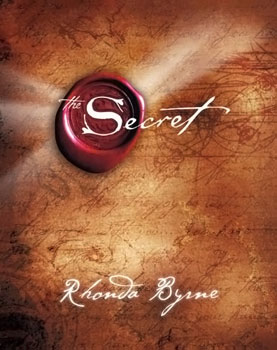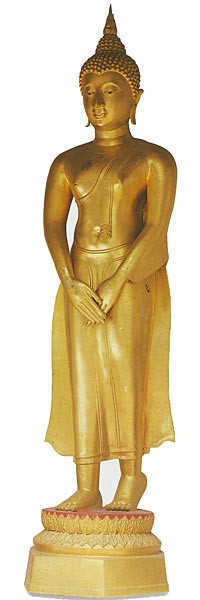‘My presence will go with you … and give you rest’ (Ex 33:14).
‘Come away by yourselves to a lonely place, and rest a while’ (Mk 6:31).
Let’s get still now---and relax. There is only life, and there is life everywhere. Life just is. That much we know to be true. It is more than enough. Life---that is, living things living out their livingness from moment to moment. There is only life---and one spirit of life … in all, over all, through all, and all in all. There is only this one self-existent presence and one power expressing itself, and manifesting itself, in all things, as all things. One presence. One power. One order or level of reality. One way of being. We are an integral part of that life---each one of us--for whatever life is, we are living it, embodying it, and expressing it.
Life, truth, reality---God, some people call it. The word does not matter. Life, truth, reality, God is expressing itself right now---in us, as us, and also in all other people and things. This self-existent life is birthless, deathless, ageless, timeless, boundless, formless, and invisible, even though it is constantly taking shape and form, and putting on visibility, in individual things. Those things wax and wane, they come and go---but life itself, the very life of our own life, forever remains, fills all space, and moves unceasingly ever onward, and it 'doth not yet appear what we shall be.'
Life, truth, reality---God, some people call it. The word does not matter. Life, truth, reality, God is expressing itself right now---in us, as us, and also in all other people and things. This self-existent life is birthless, deathless, ageless, timeless, boundless, formless, and invisible, even though it is constantly taking shape and form, and putting on visibility, in individual things. Those things wax and wane, they come and go---but life itself, the very life of our own life, forever remains, fills all space, and moves unceasingly ever onward, and it 'doth not yet appear what we shall be.'
Let us enter the silence of this moment---the silence that knows no storms. This silence is a peace that passes all understanding. It abides in the hearts of those who live in the eternal now. This silence is a power---a power for good---the very power of life itself. This silence is a presence---the very omnipresence of life itself as it evidences itself as the all and only presence, as it unfolds itself from one moment to the next … ever onwards. This presence---this omnipresence---of life is all there is, and in this omnipresence we are immersed, and in this omnipresence we live and move and have our being.
One presence. One power. One life. This omnipresence and stream of life fills all, is all, animates all, and empowers all. Every thing, every person, is an individualised expression of the wellspring of this one life, this omnipresence. One All-in-all. This great stream of life is flowing through each of us right now, and we are one with the abundant life all around us. This life activates our every thought, word and deed---and it unifies, sustains, and gives meaning to all things.
One presence. One power. One life. This omnipresence and stream of life fills all, is all, animates all, and empowers all. Every thing, every person, is an individualised expression of the wellspring of this one life, this omnipresence. One All-in-all. This great stream of life is flowing through each of us right now, and we are one with the abundant life all around us. This life activates our every thought, word and deed---and it unifies, sustains, and gives meaning to all things.
Life, which never was born nor caused, cannot other than be. We cannot be less than life. This omnipresence of life is closer to us than our breathing. It is nearer to us than our hands and feet. It is most fully and personally experienced in the silence---as peace, calmness, rest, tranquillity, equanimity, wisdom … and love---indeed, all things we ordinarily associate with the sacred, the holy, the divine. This omnipresence is holy, and wherever we are, we are always in its sacred centre. This omnipresence always was, is, and is to be---and all we know of it is the practice of its presence.
'Except the Lord build the house, they labour in vain that build it.' This house is not a house made with human hands. It is nothing material or physical. It is a spiritual edifice, and we are building it in our mind, both by the thoughts we habitually think as well as in the silence. 'Build thee more stately mansions, O my soul!' In this sacred moment, be still and know that ‘I AM-ness’ that is expressing itself in you and as you. Be still and know that ‘I AM-ness’. Be still and know. Be still.
There is only one self-existent life which flows through all creation. That life is our very life---right now! We can never be less than life, for there is no place where life is not. There is only the eternal now, and in that now-ness there is neither past nor future. ‘Behold, now is the accepted time; behold, now is the day of salvation.’ ‘The Kingdom of Heaven is at hand.’ ‘The Kingdom of Heaven is within you.’
Know this---you express life in and with every part of your being, indeed, with every atom of your being. You are one with all life---with all that is---yes, one with all that has ever been or will ever be. Feel the pulsating, animating, vivifying and stirring reality of that omnipresence in every part of your being---now! Thrill to it! Give thanks for it, and for the truth which makes you free! And so it is.
Know this---you express life in and with every part of your being, indeed, with every atom of your being. You are one with all life---with all that is---yes, one with all that has ever been or will ever be. Feel the pulsating, animating, vivifying and stirring reality of that omnipresence in every part of your being---now! Thrill to it! Give thanks for it, and for the truth which makes you free! And so it is.
This meditation, and others very similar to it,
are used by me at many of the services I conduct,
and at workshops and training sessions I facilitate.
The photos were taken by me on my various trips to Japan.
are used by me at many of the services I conduct,
and at workshops and training sessions I facilitate.
The photos were taken by me on my various trips to Japan.





















